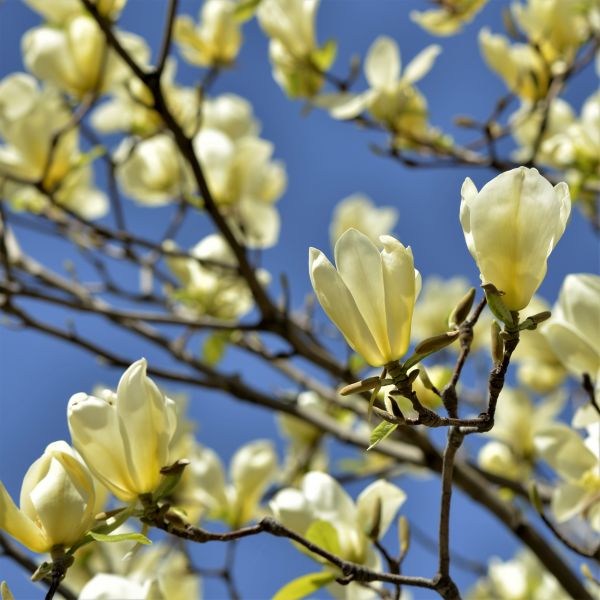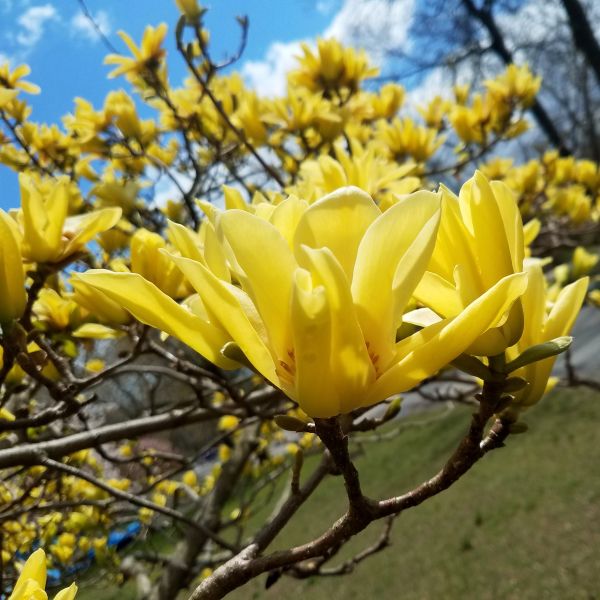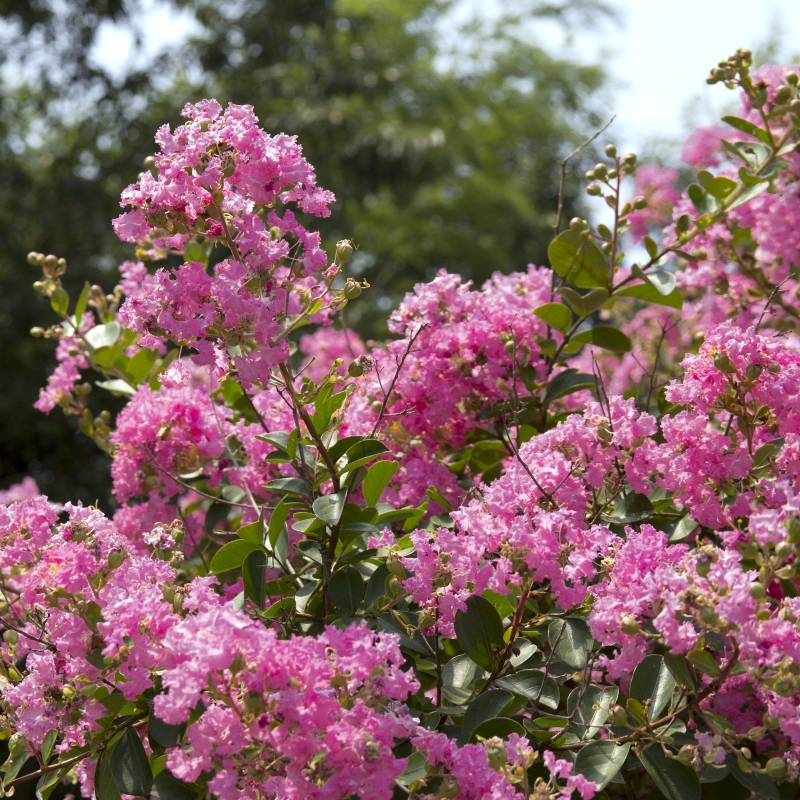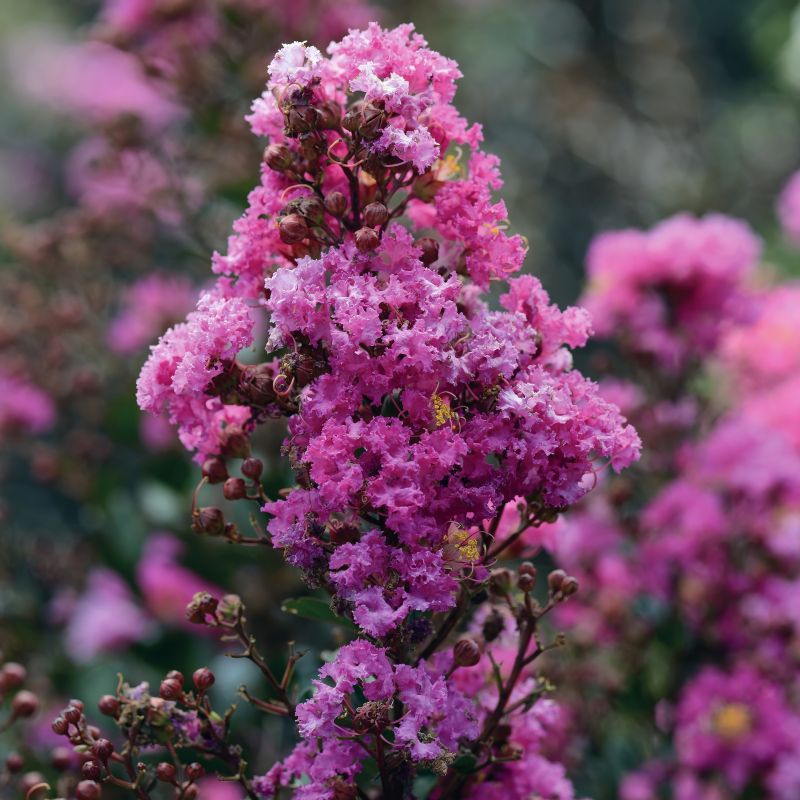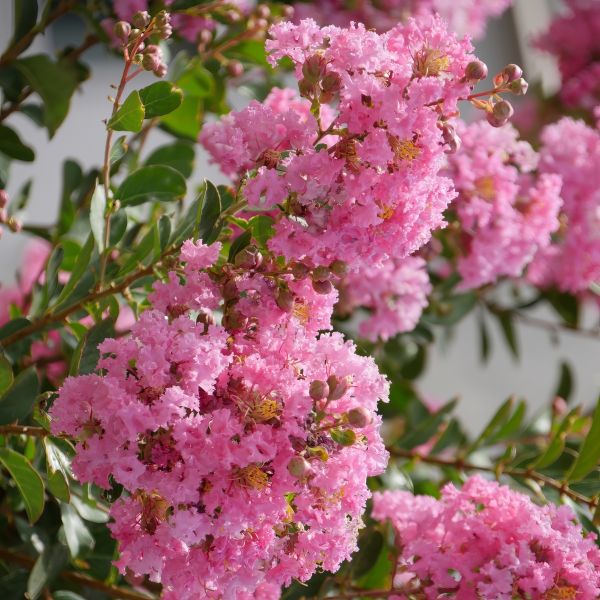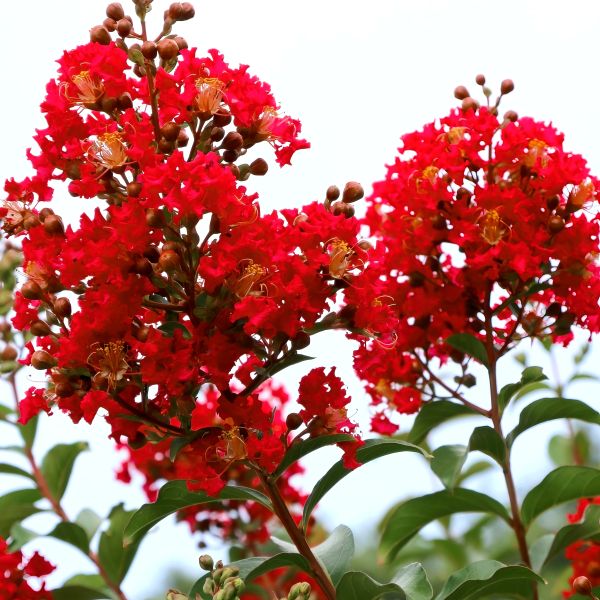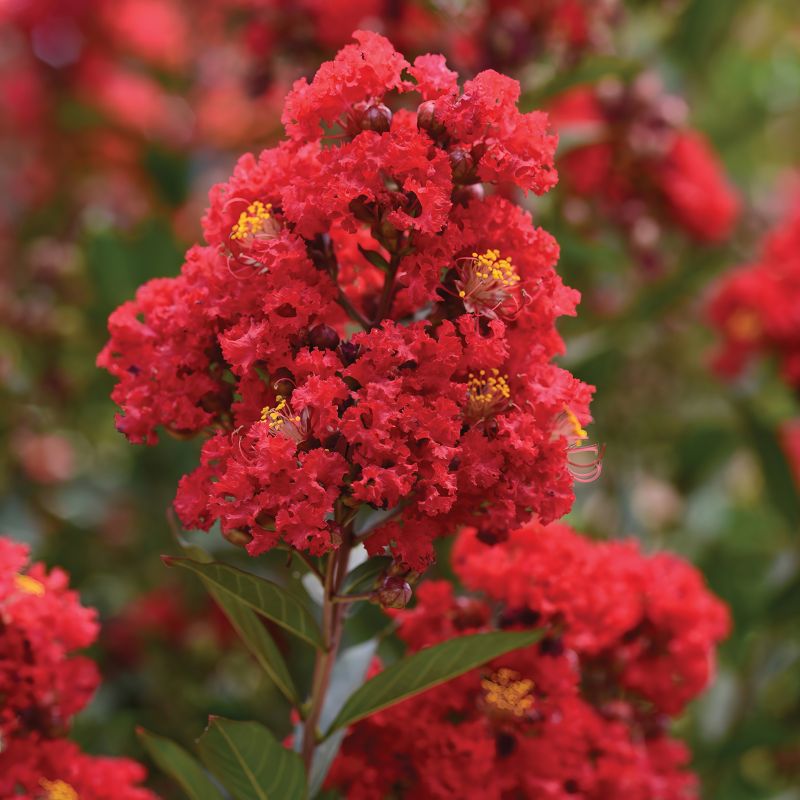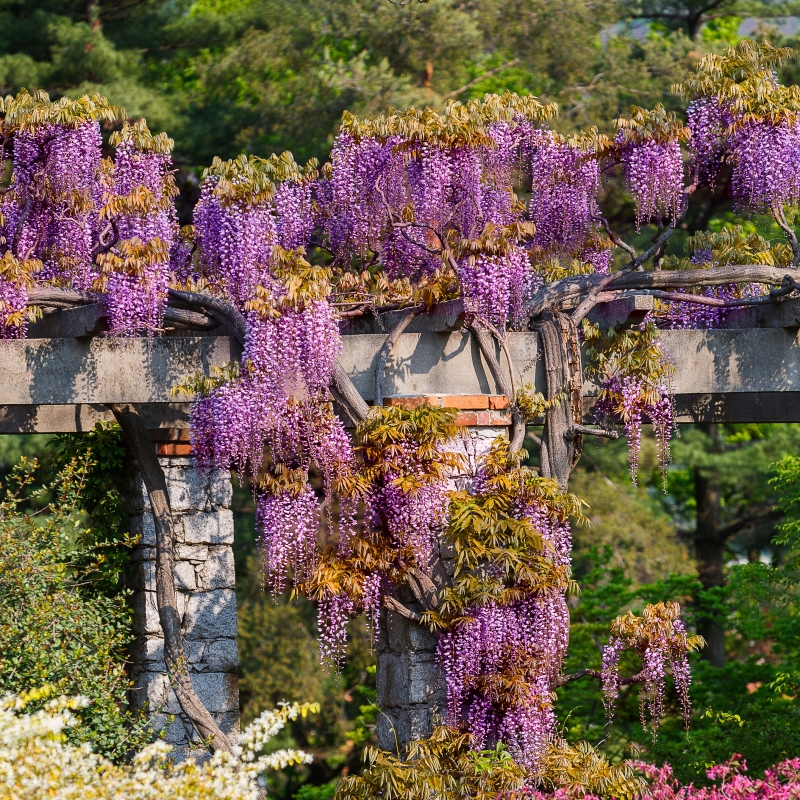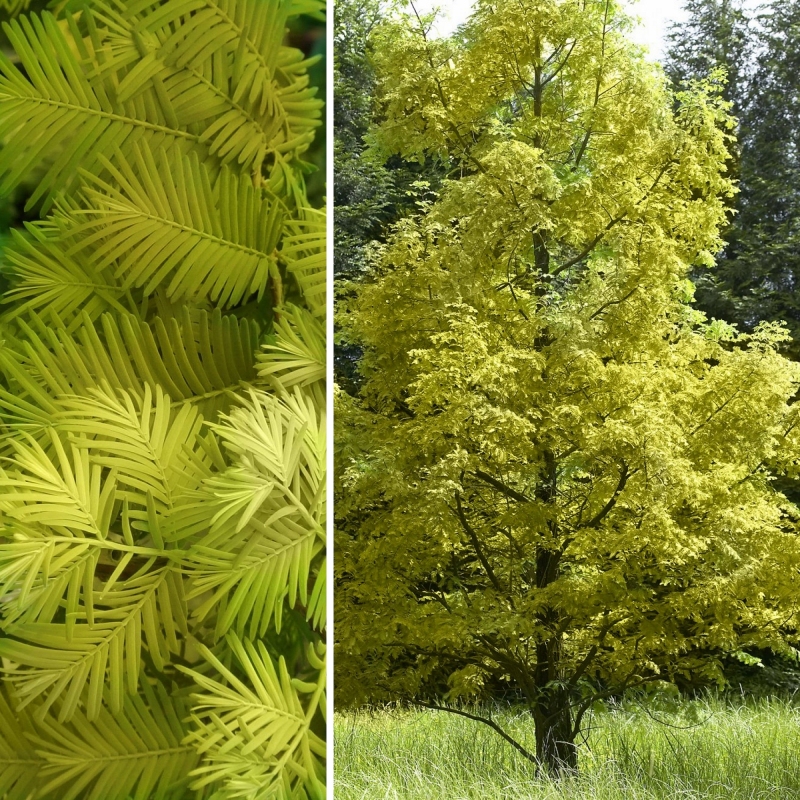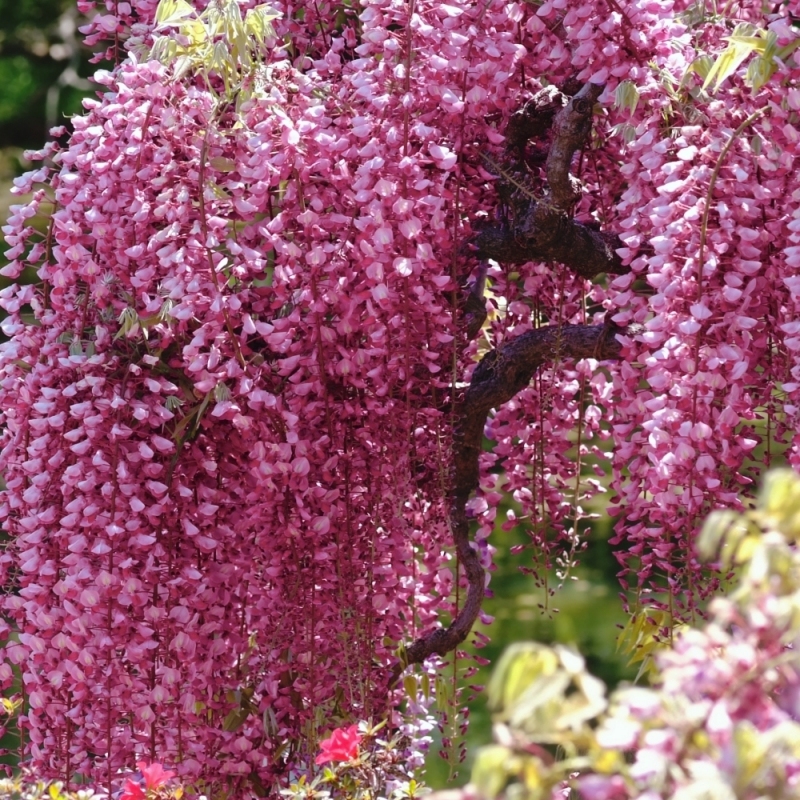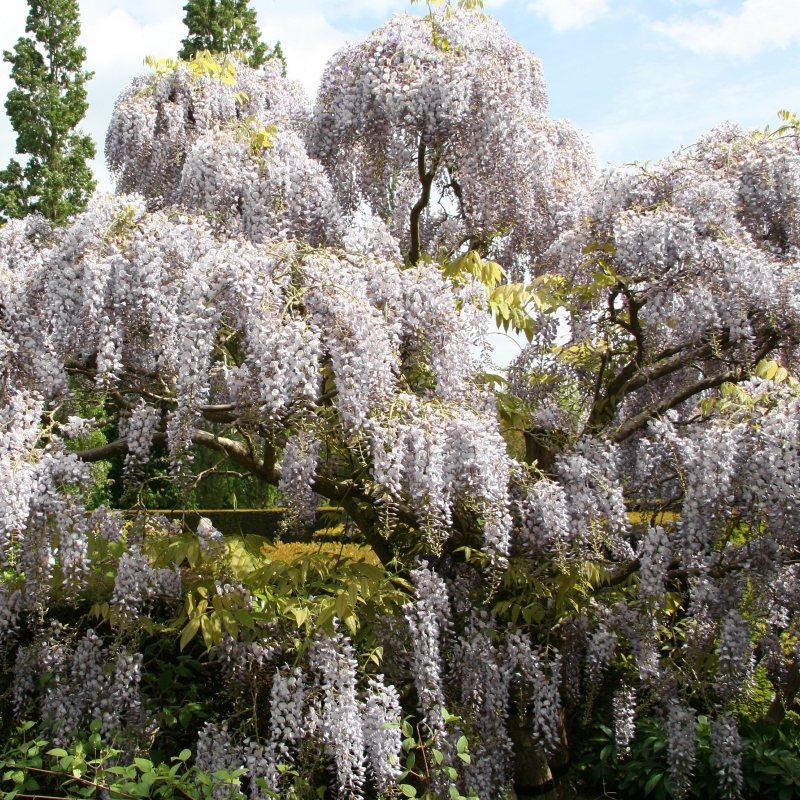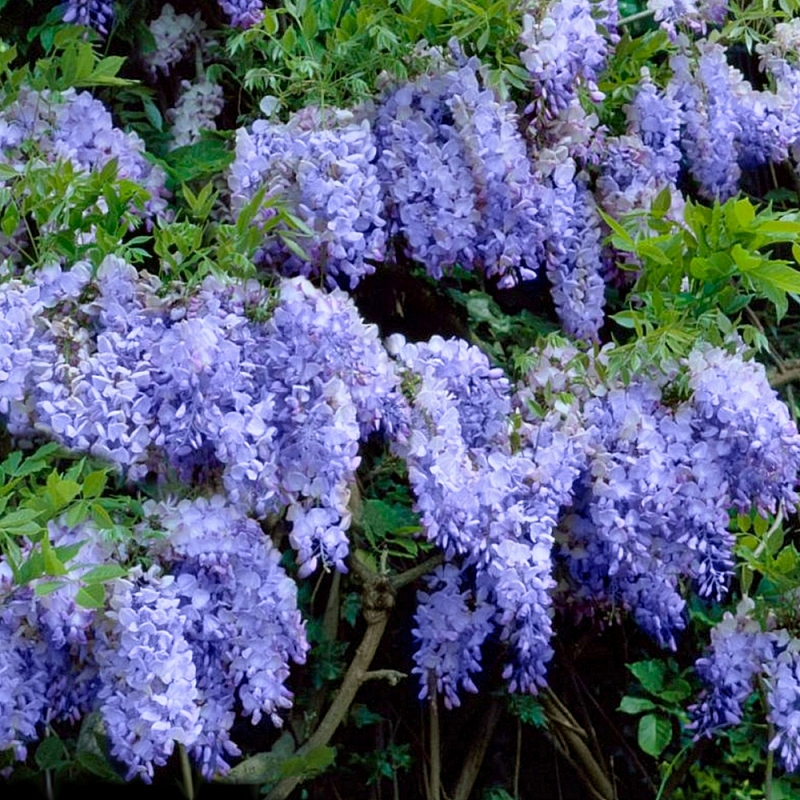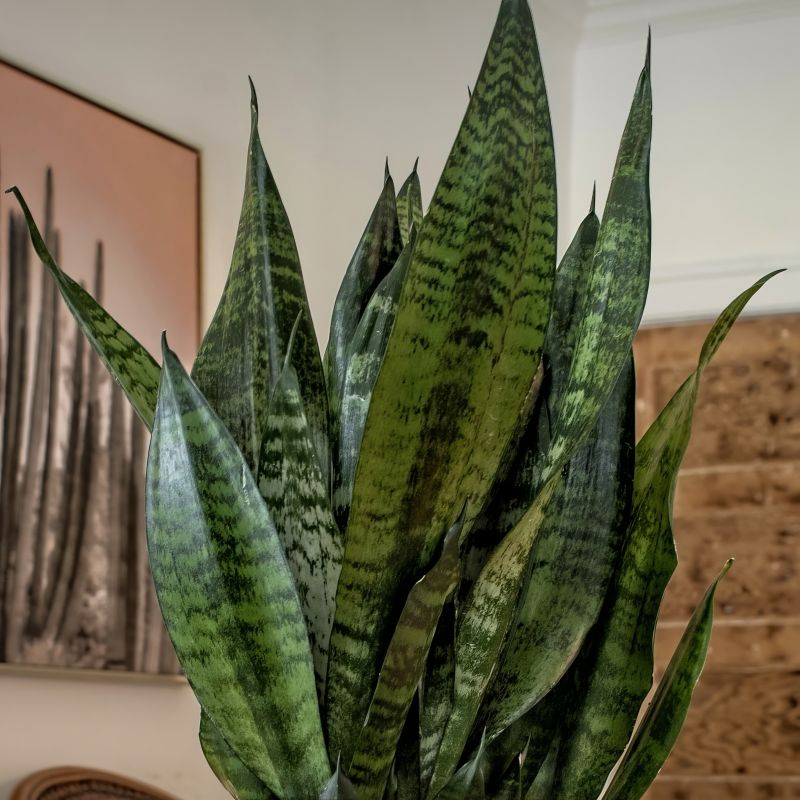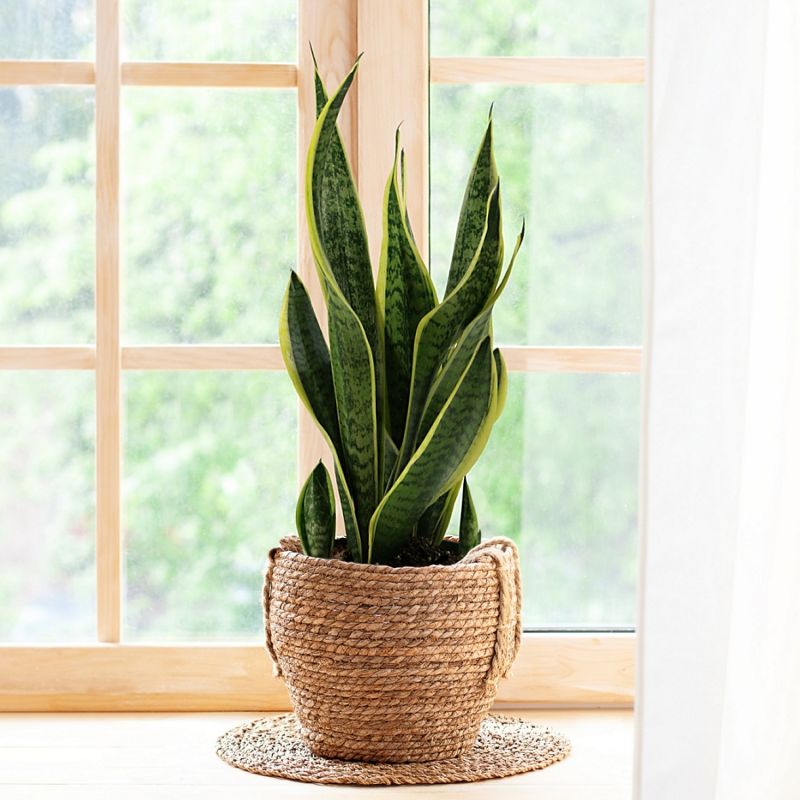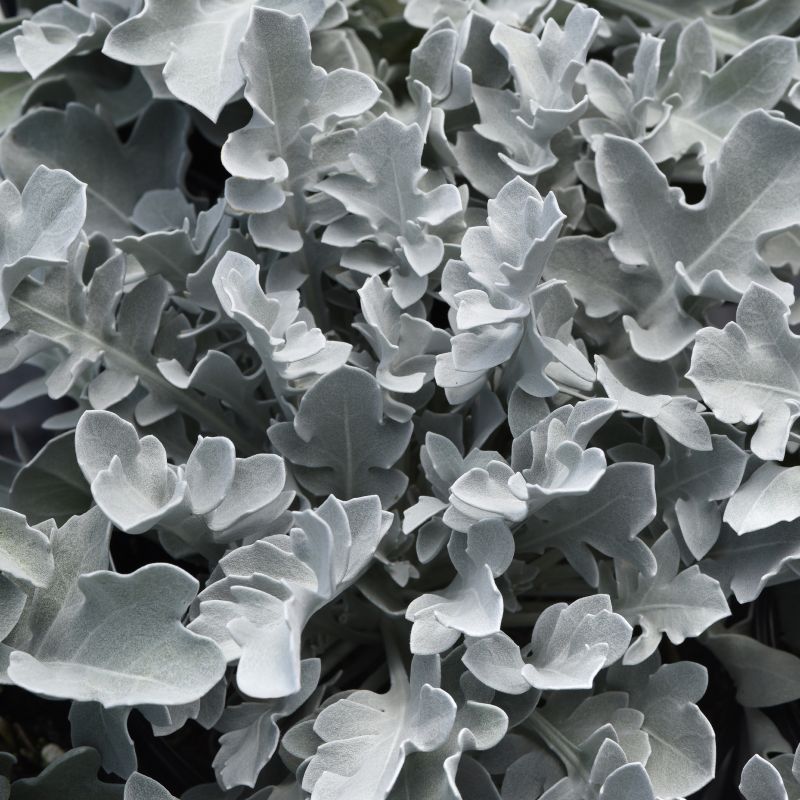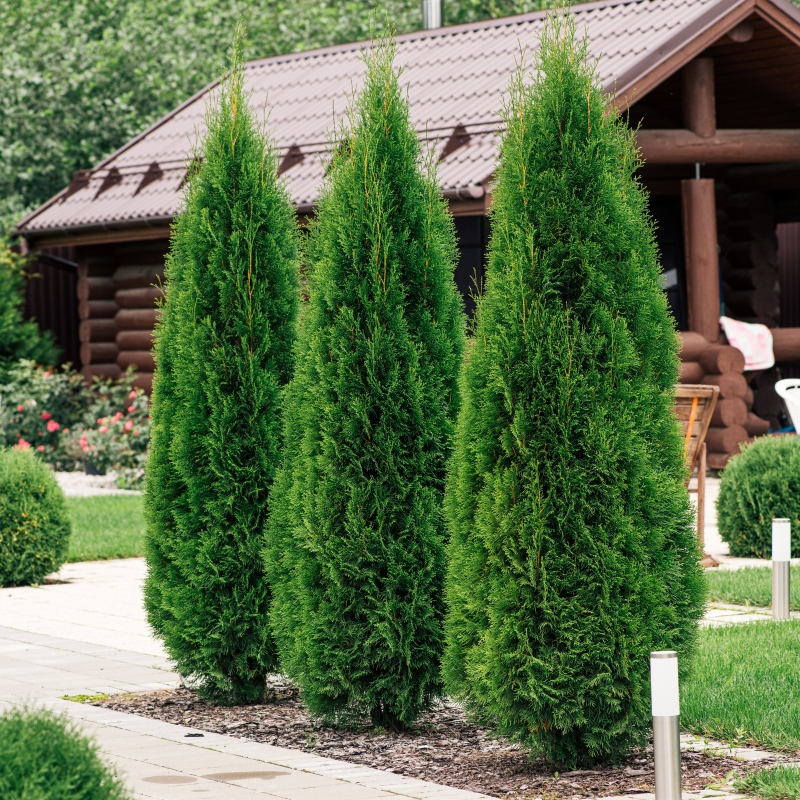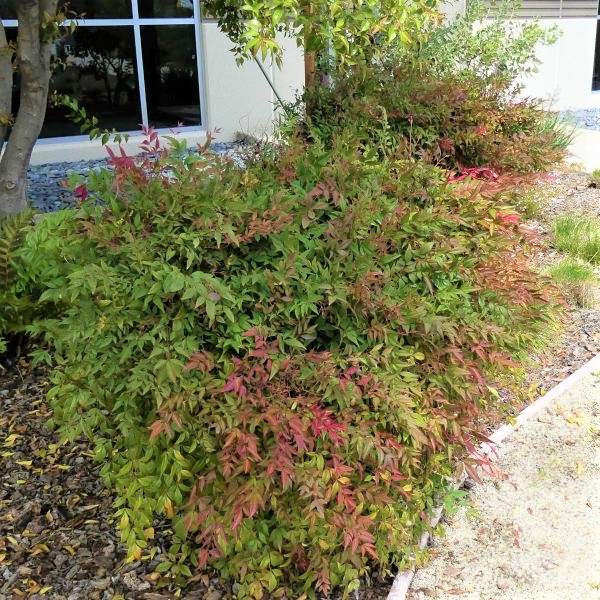

Magnolia Butterflies
Magnolia x 'Butterflies'
19 reviews


Magnolia Butterflies
Magnolia x 'Butterflies'
19 reviews
$184.00
$263.00
30% Off
3.5 Gallon
We are sorry, product is currently out of stock due to seasonal availability. Please check the "Related plants available in your area" section below
Why Magnolia Butterflies?
Magnolia Butterflies is a stunning hybrid magnolia tree known for its vibrant yellow flowers resembling fluttering butterflies. It is a deciduous tree that can reach up to 20 feet in height and width with a pyramidal shape. The tree blooms in early spring, adding a burst of color to any landscape. Its low maintenance and disease-resistant nature make it a popular choice for residential and commercial landscapes.
Related plants available in your area
Sunlight
Magnolia butterflies require ample sunlight to thrive. They are typically found in open areas and gardens with plenty of direct sunlight. A minimum of six hours of sunlight exposure per day is beneficial for their growth and reproduction.
Watering
Magnolia Butterflies have low watering requirements. They prefer moist but well-drained soil and should be watered regularly during their active growing season. However, overwatering should be avoided as it can lead to root rot.
Fertilizing
Magnolia butterflies require a balanced fertilizer that is rich in nitrogen, phosphorus, and potassium. Additionally, they benefit from an organic fertilizer with a slow-release formula, ensuring steady nutrient availability throughout the growing season.
A beautiful and manageable deciduous tree, the Magnolia Butterflies is much sought after for its fragrant yellow blooms, appealing leaves, and low maintenance requirements. If you have a smaller garden or landscape and want to add some spring color and interest, this variety is a fantastic option.
This tree is relatively low-maintenance and easy to care for. It requires little pruning or shaping, and it is generally resistant to pests and diseases. However, it does require regular watering during the first few years of growth to establish a healthy root system.
Magnolia Butterflies is adaptable to a wide range of growing conditions, including full sun to partial shade and a variety of soil types. They prefer well-drained soil that is rich in organic matter, and they benefit from regular fertilization to promote healthy growth.
This tree is a compact and rounded cultivar that typically reaches heights of up to 10-15 feet tall and 8-10 feet wide. It has a unique, multi-stemmed form that makes it a great choice for adding structure and interest to the garden.
Magnolia Butterflies has stunning, fragrant yellow flowers that bloom in the early spring months. The flowers are arranged in large clusters along the branches, providing a stunning display of color and attracting pollinators to the garden.
In addition to its attractive flowers, Magnolia Butterflies has striking foliage that provides year-round interest in the garden. The foliage is a deep green color and has a glossy texture that adds to the tree's overall appeal.
Overall, Magnolia Butterflies is a stunning and compact tree that is sure to make a statement in any landscape. It is a great choice for adding spring color and interest to the garden, and its unique form and attractive foliage provide year-round structure and beauty.
Plant Information:
| Botanical Name: | Magnolia x 'Butterflies' |
| USDA Zones: | 4-9 |
| Exposure: | Full Sun |
| Soil Needs: | Well drained |
| Mature Height: | 20 - 30 feet |
| Mature Spread: | 15 - 20 feet |







Pollination Info
Pollination Info for Magnolia Butterflies (Magnolia x 'Butterflies')
Magnolia Butterflies (Magnolia x 'Butterflies') are pollinated by beetles and other insects, as they do not produce nectar to attract bees and butterflies. The flowers of Magnolia Butterflies emit a sweet fragrance to attract these insects. The beetles and other insects inadvertently pick up pollen while feeding on the flowers, and then transfer the pollen to other Magnolia Butterflies flowers, allowing for cross-pollination to occur.
In nature, Magnolia Butterflies are pollinated by a variety of insects, including beetles, flies, ants, and thrips. However, they are not self-fertile, meaning they require cross-pollination from another Magnolia Butterflies or a different magnolia tree species to produce viable seeds.
When planting Magnolia Butterflies in a garden, it is important to ensure that there are other flowering plants nearby to attract pollinators to your garden. Additionally, planting multiple Magnolia Butterflies trees close to each other can increase the chances of successful pollination and seed production.
FAQ
Frequently Asked Questions - Magnolia Butterflies (Magnolia x 'Butterflies')
Q. What is Magnolia Butterflies?
A. Magnolia Butterflies is a hybrid magnolia tree, derived from the cross between Magnolia acuminata and Magnolia denudata. It is a deciduous tree that produces bright yellow flowers in early spring before the leaves emerge.
Q. How tall does Magnolia Butterflies grow?
A. Magnolia Butterflies can grow up to 30 feet tall and 20 feet wide in ideal conditions. It has an upright, pyramidal growth habit.
Q. What kind of soil does Magnolia Butterflies prefer?
A. Magnolia Butterflies prefers moist, well-drained, slightly acidic soil with a pH between 5.0 and 6.5. It also prefers soil that is rich in organic matter.
Q. Where is the best place to plant Magnolia Butterflies?
A. Magnolia Butterflies should be planted in a location with full sun to partial shade. It should be protected from harsh winds and extreme temperatures. It also should be planted in an area with good drainage.
Q. When does Magnolia Butterflies bloom?
A. Magnolia Butterflies blooms in early spring, usually from late March to early April, before the leaves emerge. The bright yellow flowers are 3-5 inches across and have a pleasant fragrance.
Q. How do I care for Magnolia Butterflies?
A. Magnolia Butterflies requires regular watering during the growing season, especially when there is a drought. It should be fertilized once a year in the fall with a slow-release fertilizer that is high in nitrogen. It also should be pruned in late winter or early spring to remove dead or damaged branches and to shape the tree if necessary.
Q. Is Magnolia Butterflies susceptible to any pests or diseases?
A. Magnolia Butterflies is susceptible to a few pests and diseases, including scale insects, magnolia scale, and bacterial blight. Proper care and maintenance can help prevent these issues from occurring.
Q. Can Magnolia Butterflies be propagated?
A. Magnolia Butterflies can be propagated by taking cuttings in late summer or early fall. The cuttings should be treated with rooting hormone and planted in well-draining soil. They should be kept in a warm, humid environment and watered regularly until they root.
Q. Where can I purchase Magnolia Butterflies?
A. Magnolia Butterflies can be purchased at most nurseries and garden centers that sell magnolia trees. It also can be purchased online from various retailers.
Planting & Care
Planting & Care for Magnolia Butterflies (Magnolia x 'Butterflies')
Magnolia Butterflies is a deciduous tree that produces yellow, tulip-shaped flowers before the foliage appears. Here are some guidelines to help you plant and care for your Magnolia Butterflies:
Planting:
- Choose a planting location that receives full to partial sunlight and has well-draining soil.
- Dig a hole that is two to three times as wide as the root ball and just as deep.
- Remove the Magnolia Butterflies from its container and loosen any tangled or circling roots.
- Position the tree in the center of the hole and backfill with the soil you removed, gently tamping down as you go.
- Water the newly planted Magnolia Butterflies deeply and add a layer of mulch around the base, leaving a few inches of space around the trunk.
Care:
- Water the tree deeply during its first growing season, keeping the soil evenly moist but not waterlogged.
- Fertilize once a year, in the early spring, with a balanced, slow-release fertilizer.
- Prune in late winter or early spring to remove any dead, damaged, or diseased wood.
- Protect the tree from extreme cold, strong winds, and drought conditions.
- Magnolia Butterflies may be prone to some pests and diseases, so monitor the tree regularly and treat any issues as needed.
By following these planting and care guidelines, you can enjoy the beauty of Magnolia Butterflies in your landscape for years to come.
Check Out These Verified Customer Reviews:
Customer Reviews
4.6 out of 5 based on 19 reviews
Thank you! Your review has been submitted.
Received the order quickly and the product quality is exceptional. Highly recommend Magnolia Butterflies.
Arrived in perfect condition. Love the colors!
The Magnolia Butterflies are even more stunning in person. Great addition to my garden!
Item has been added to your cart.



